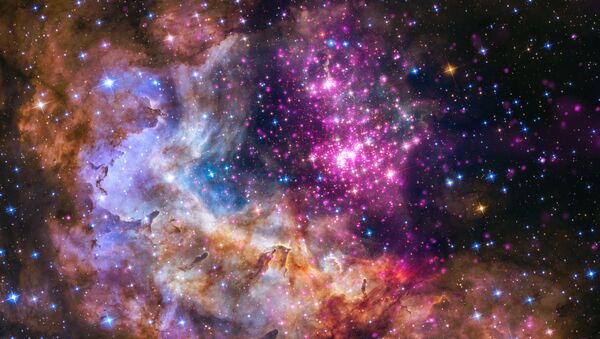Physicists propose that it is influence of cosmic rays on antient proto-organisms in the early stages of life's development on Earth that may explain the existence of chirality in critical biological molecules, a new study published by the Astrophysical Journal Letters reveals.
Chirality or “handedness” of molecules signify the presence of their mirror-like reflections, allowing for the creation of more stable DNA, RNA and amino acids compounds if the regular version of molecules, and not their mirror version, are adopted within the structures. The biological homochirality was first studied in 1848 by Lois Pasteur and since then, scientists have been trying to solve the puzzle explaining the origin of chiral preferences for only one particular form of handedness.
Researchers from Stanford and New York University now say the cosmos is to blame.
“We propose that the biological handedness we witness now on Earth is due to evolution amidst magnetically polarised radiation, where a tiny difference in the mutation rate may have promoted the evolution of DNA-based life, rather than its mirror image”, said the paper’s lead author Noémie Globus, a post-doctoral researcher at NYU, according to the Simons Foundation.
“We are irradiated all the time by cosmic rays”, the researcher explained. “Their effects are small but constant in every place on the planet where life could evolve, and the magnetic polarization of the muons and electrons is always the same. And even on other planets, cosmic rays would have the same effects”.
Meanwhile, the hypothesis, supported by a series of proposed experiments, could mean something more significant if correct – mainly that it is not only molecules on the Earth that share the same chiral preference, but also all potential life forms in our universe.


